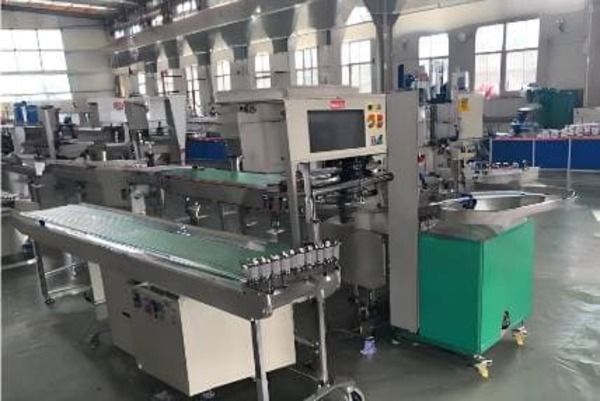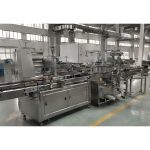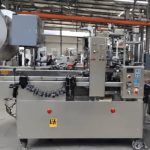
Introduction to Automated Dispensing Cabinets
Automated dispensing cabinets (ADCs) are secure, computerized drug storage and dispensing devices primarily used in healthcare settings such as hospitals and clinics. They are designed to improve the efficiency, accuracy, and security of medication distribution. ADCs have become increasingly popular due to their ability to streamline pharmacy operations, reduce medication errors, and enhance patient safety. In this comprehensive overview, we will explore the various advantages of automated dispensing cabinets, highlighting their impact on healthcare delivery.
Enhanced Medication Safety
One of the primary advantages of automated dispensing cabinets is their ability to enhance medication safety. ADCs are equipped with advanced software that ensures accurate dispensing of medications. They provide real-time access to medication information, reducing the risk of human error. By automating the dispensing process, ADCs minimize the chances of incorrect dosages, wrong medications, and missed doses, all of which can have serious consequences for patient health.
Moreover, ADCs often incorporate barcode scanning technology, which further enhances accuracy by verifying the medication against the patient’s electronic medical record (EMR). This ensures that the right patient receives the right medication at the right time, significantly reducing the likelihood of adverse drug events.
Improved Inventory Management
Automated dispensing cabinets provide healthcare facilities with improved inventory management capabilities. ADCs track medication usage in real-time, allowing pharmacy staff to monitor stock levels and identify trends in medication consumption. This data-driven approach enables better forecasting and inventory planning, reducing the risk of stockouts and overstocking.
Additionally, ADCs can generate automated reports on medication usage, expiration dates, and inventory discrepancies. This information helps pharmacy managers make informed decisions about purchasing and restocking, ultimately leading to cost savings and more efficient resource allocation.
Increased Efficiency and Productivity
By automating the medication dispensing process, ADCs significantly increase efficiency and productivity in healthcare settings. Nurses and other healthcare professionals can access medications quickly and easily, reducing the time spent on manual counting and documentation. This allows them to focus more on patient care and less on administrative tasks.
Furthermore, ADCs streamline the medication administration process by integrating with electronic health records (EHR) and other hospital information systems. This integration ensures seamless communication between different departments, reducing delays and improving overall workflow efficiency.
Enhanced Security and Controlled Access
Security is a critical concern in medication management, and ADCs address this by providing controlled access to medications. Only authorized personnel can access the cabinets, and access is typically granted through secure methods such as biometric identification, passwords, or keycards. This reduces the risk of unauthorized access and potential drug diversion.
ADCs also maintain detailed logs of all transactions, including who accessed the cabinet, what medications were dispensed, and when. This audit trail is invaluable for tracking and investigating any discrepancies or incidents, further enhancing the security of the medication distribution process.
Cost Savings and Return on Investment
While the initial investment in automated dispensing cabinets can be significant, the long-term cost savings and return on investment (ROI) are substantial. By reducing medication errors, improving inventory management, and increasing efficiency, ADCs contribute to lower operational costs and improved financial performance for healthcare facilities.
Moreover, the reduction in medication errors and enhanced patient safety can lead to decreased liability and malpractice claims, further contributing to cost savings. Many healthcare organizations find that the benefits of ADCs outweigh the initial costs, making them a worthwhile investment.
Conclusion
Automated dispensing cabinets offer numerous advantages that enhance the safety, efficiency, and security of medication management in healthcare settings. By improving medication safety, streamlining inventory management, increasing efficiency, and providing controlled access, ADCs play a crucial role in modern healthcare delivery. While the initial investment may be significant, the long-term benefits and cost savings make ADCs a valuable addition to any healthcare facility aiming to improve patient care and operational efficiency.





